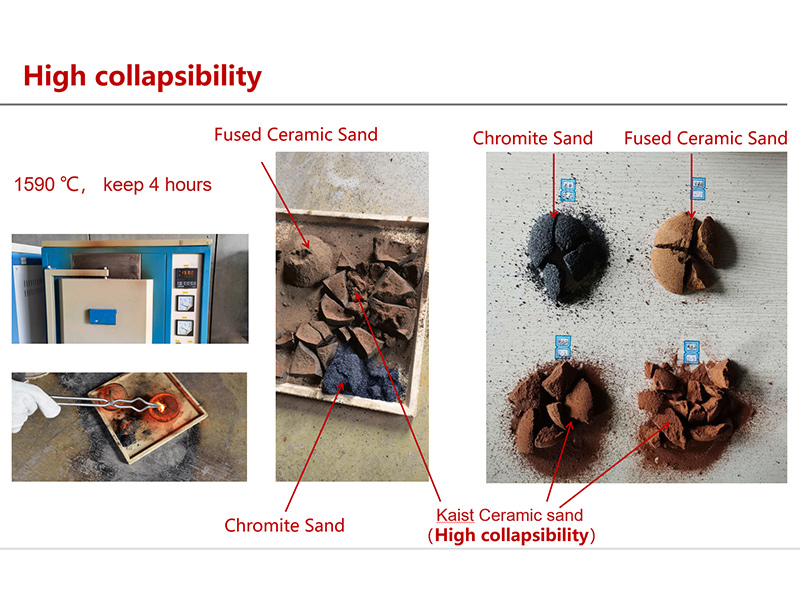

From an authoritative perspective, leading experts in material science have published extensive research supporting the use of high-purity parting sands in minimizing casting defects such as inclusions and sand fusion. These issues not only degrade the quality of the final product but also lead to increased operational costs due to higher rates of scrap and rework. Ensuring the parting sand used meets industry benchmarks for purity and composition is a proactive measure firms can take to enhance their casting operations. Authoritative bodies in the casting industry frequently update standards, providing invaluable guidelines for choosing and testing parting sand, ensuring that foundries remain at the forefront of technological and procedural advancements. Trustworthiness forms the backbone of a successful foundry operation, which is achieved not just through the selection of the correct materials but also via the establishment of stringent quality control practices. The consistent documenting of parting sand performance, coupled with regular audits and reviews, builds a framework of reliability. Foundries that commit to transparent operations and adherence to best practices earn the trust of clients who demand not only high-quality products but also assurance of consistency and reliability in supply chain and manufacturing processes. The synergy of experience, expertise, authority, and trustworthiness in selecting and using parting sand in foundries underpins the transformation of a simple age-old practice into a sophisticated art. By leveraging these elements, foundries not only improve their operational efficiencies but also uphold the reputation of casting excellence, driving innovation and growth within the industry. Catering to the ever-evolving demands of the modern market requires agility and adaptation, but with the foundational role of parting sand properly addressed, foundries can look forward to forging new paths of success. Post time:febr . 06, 2025 02:02
Next:foundry sands
